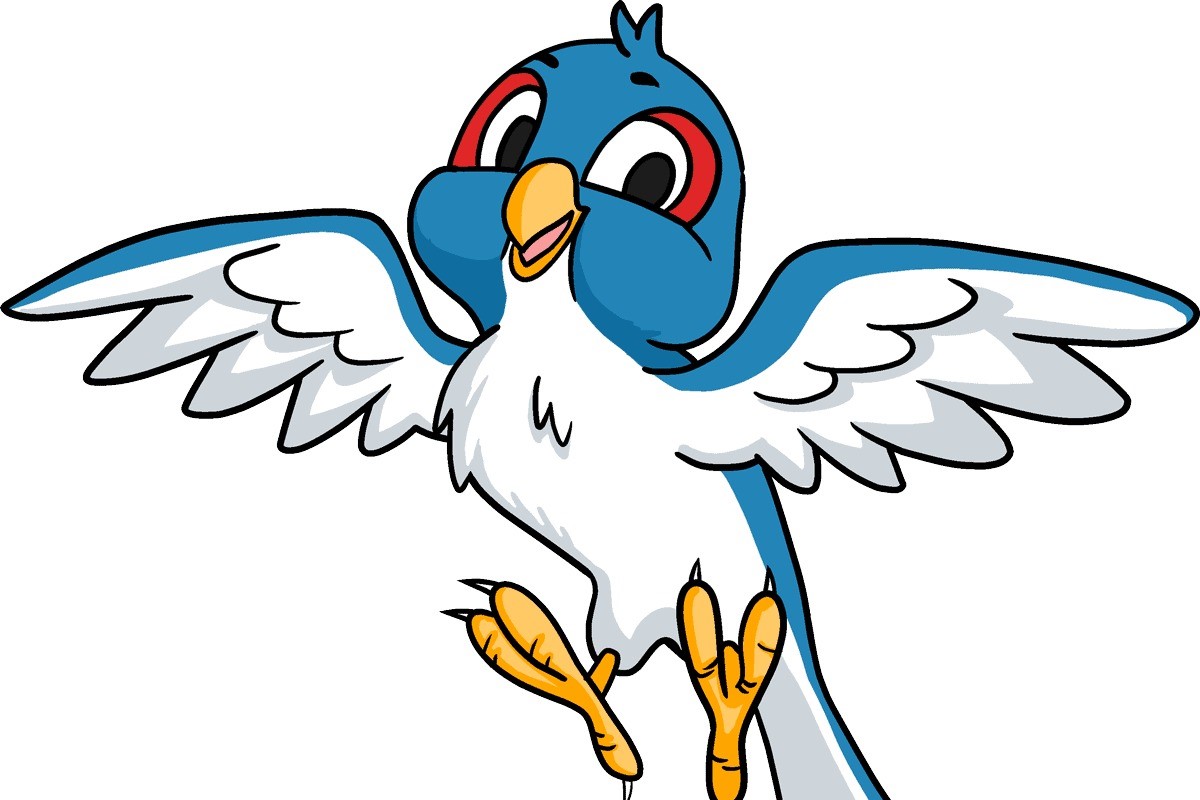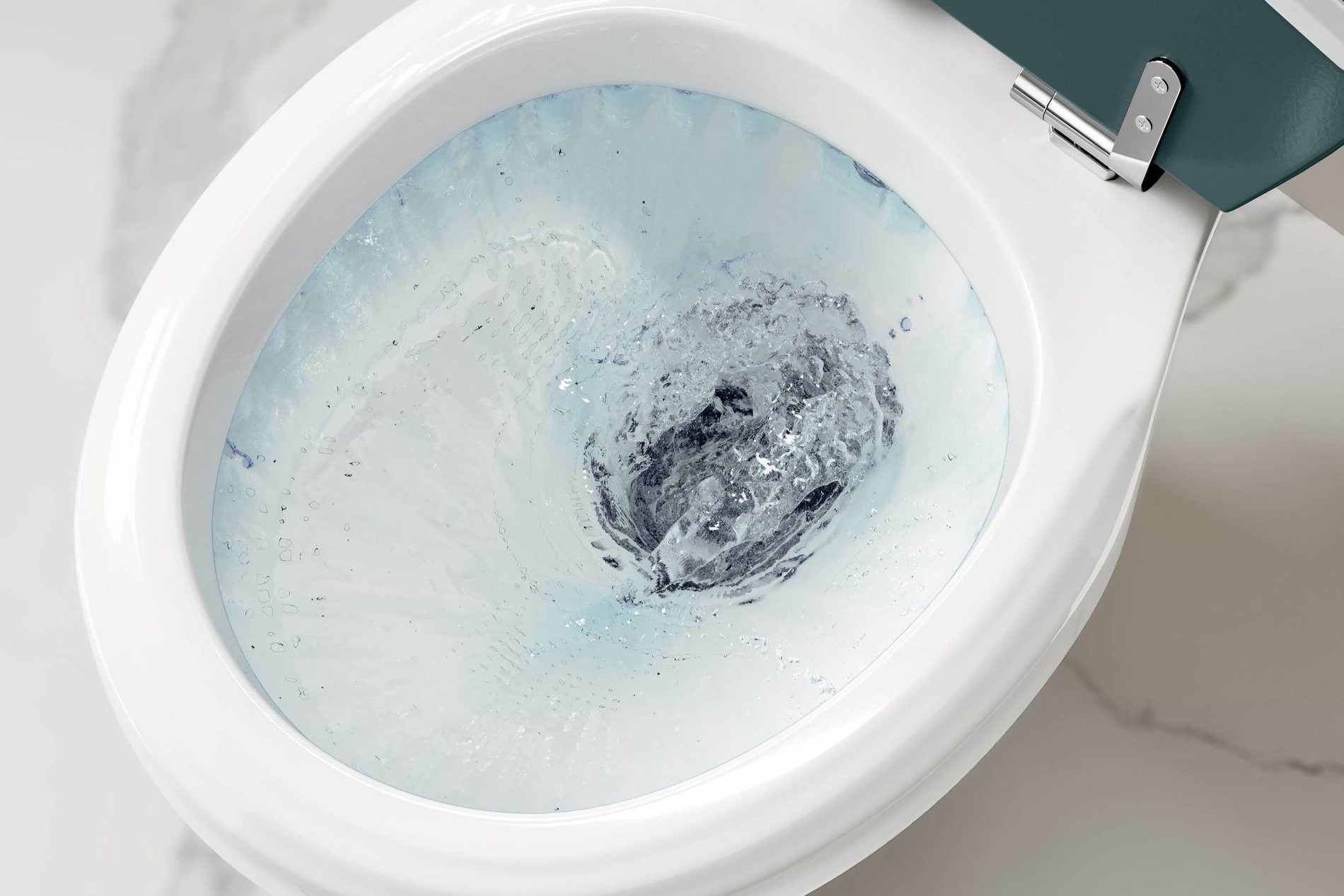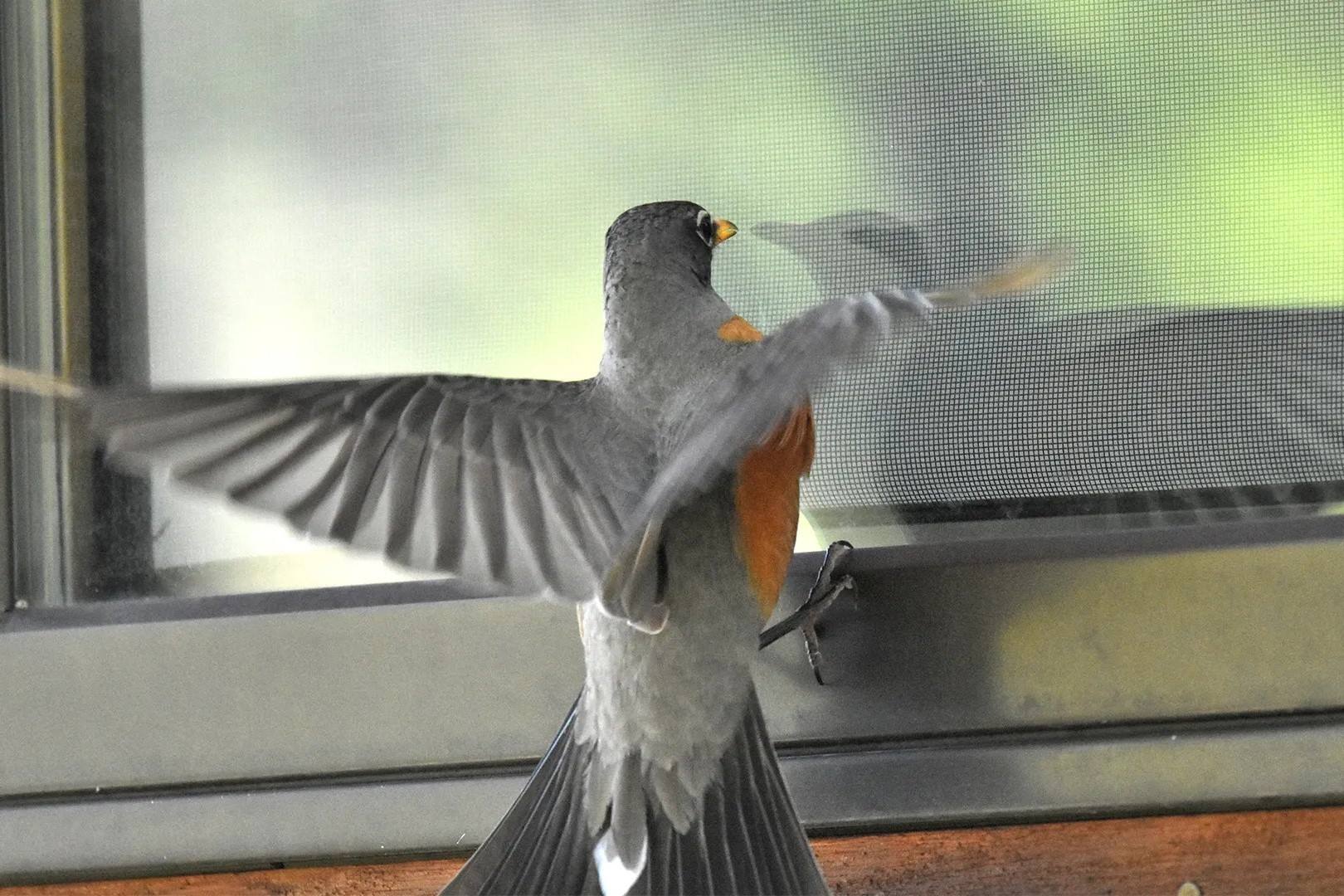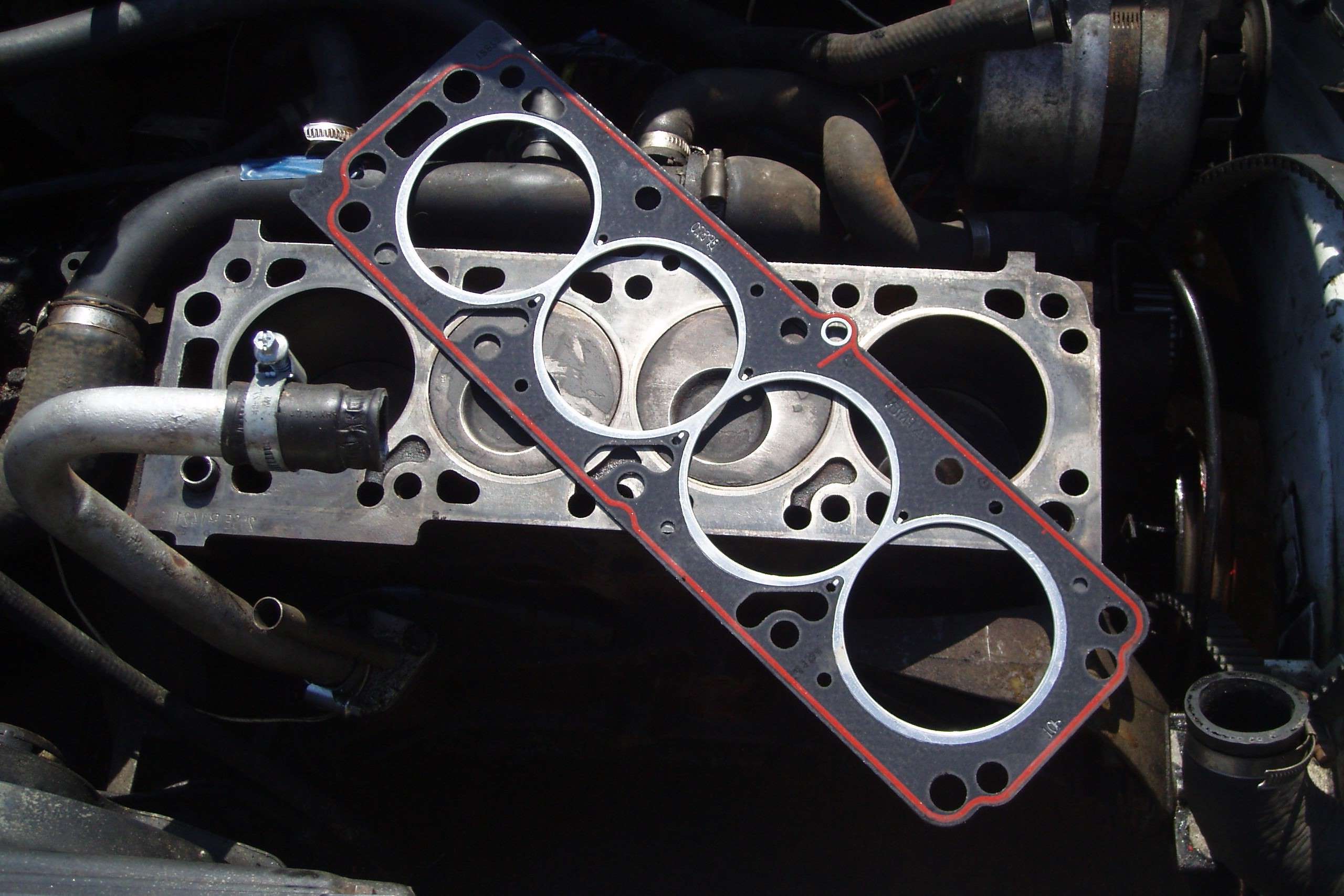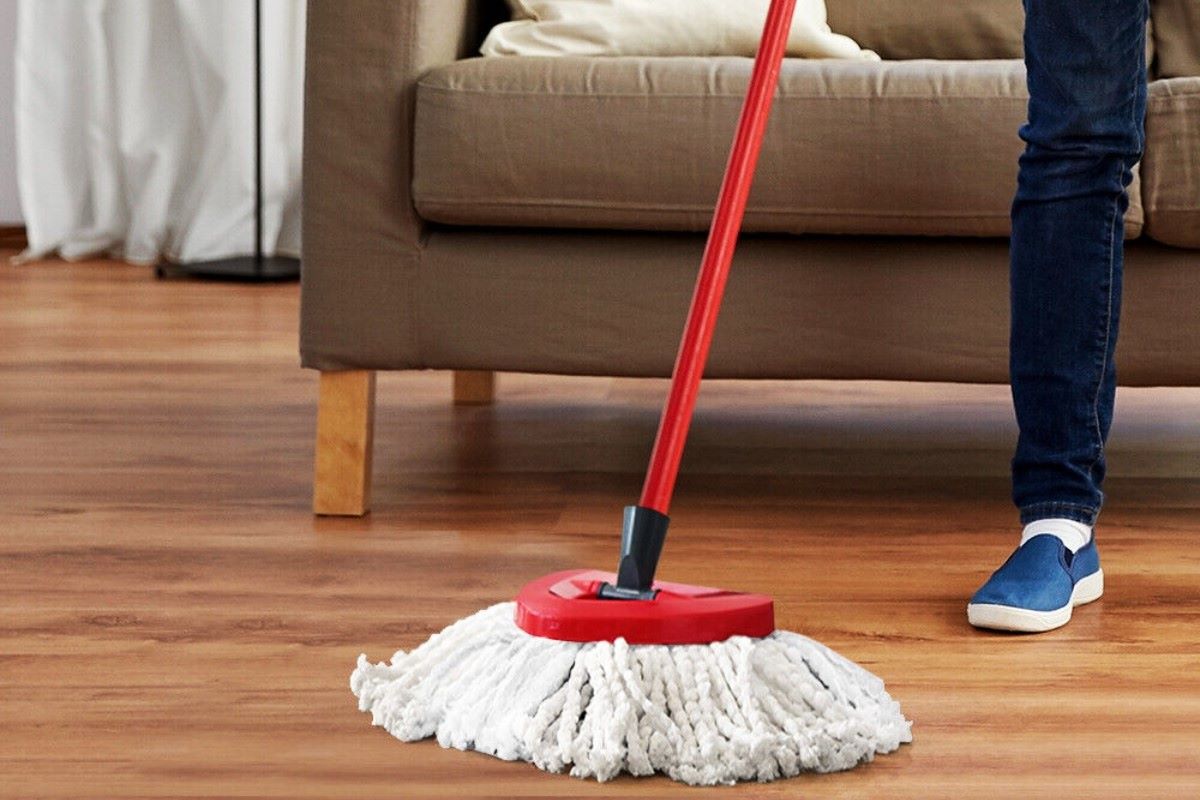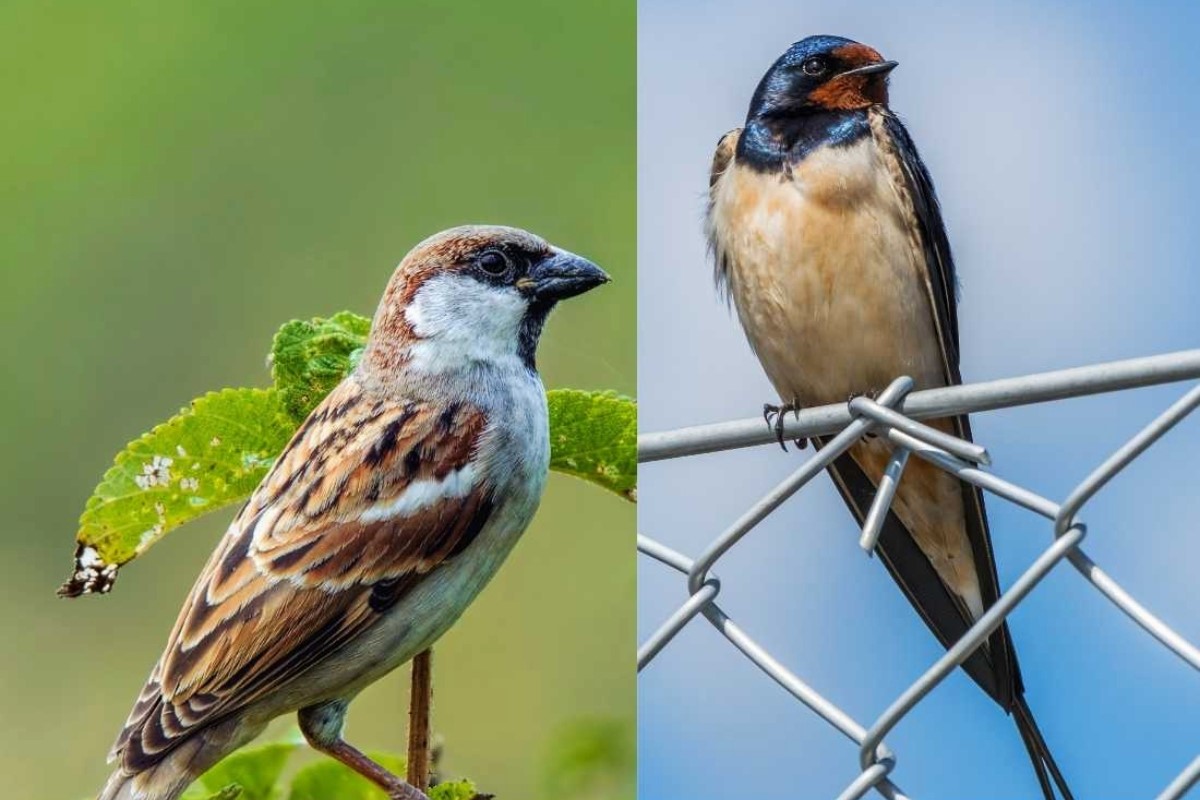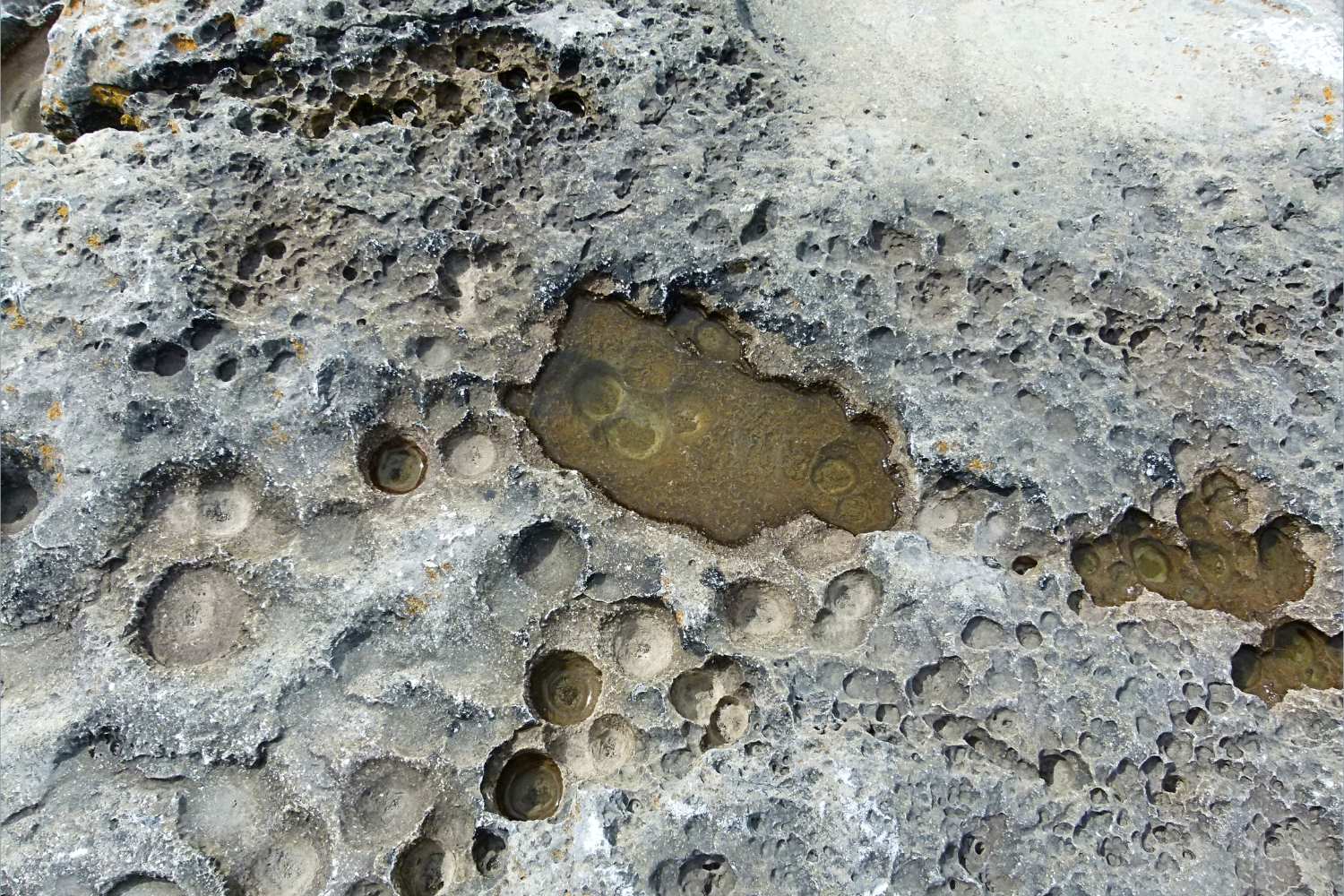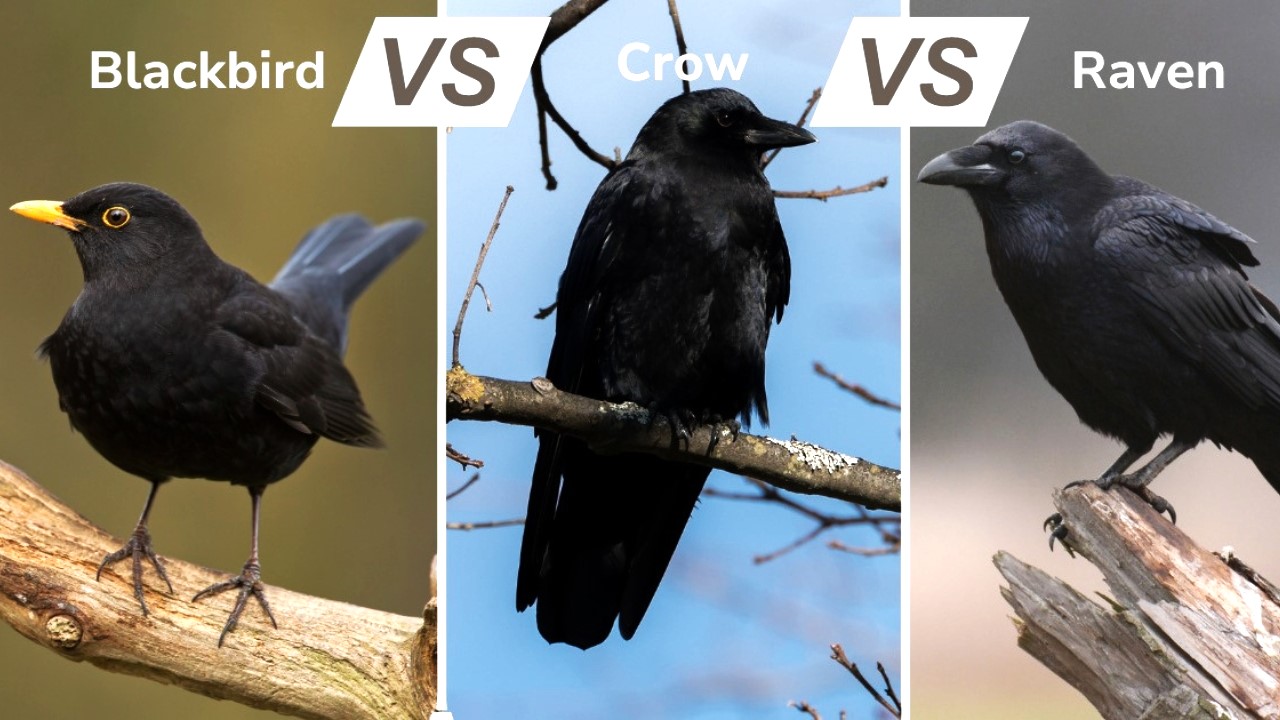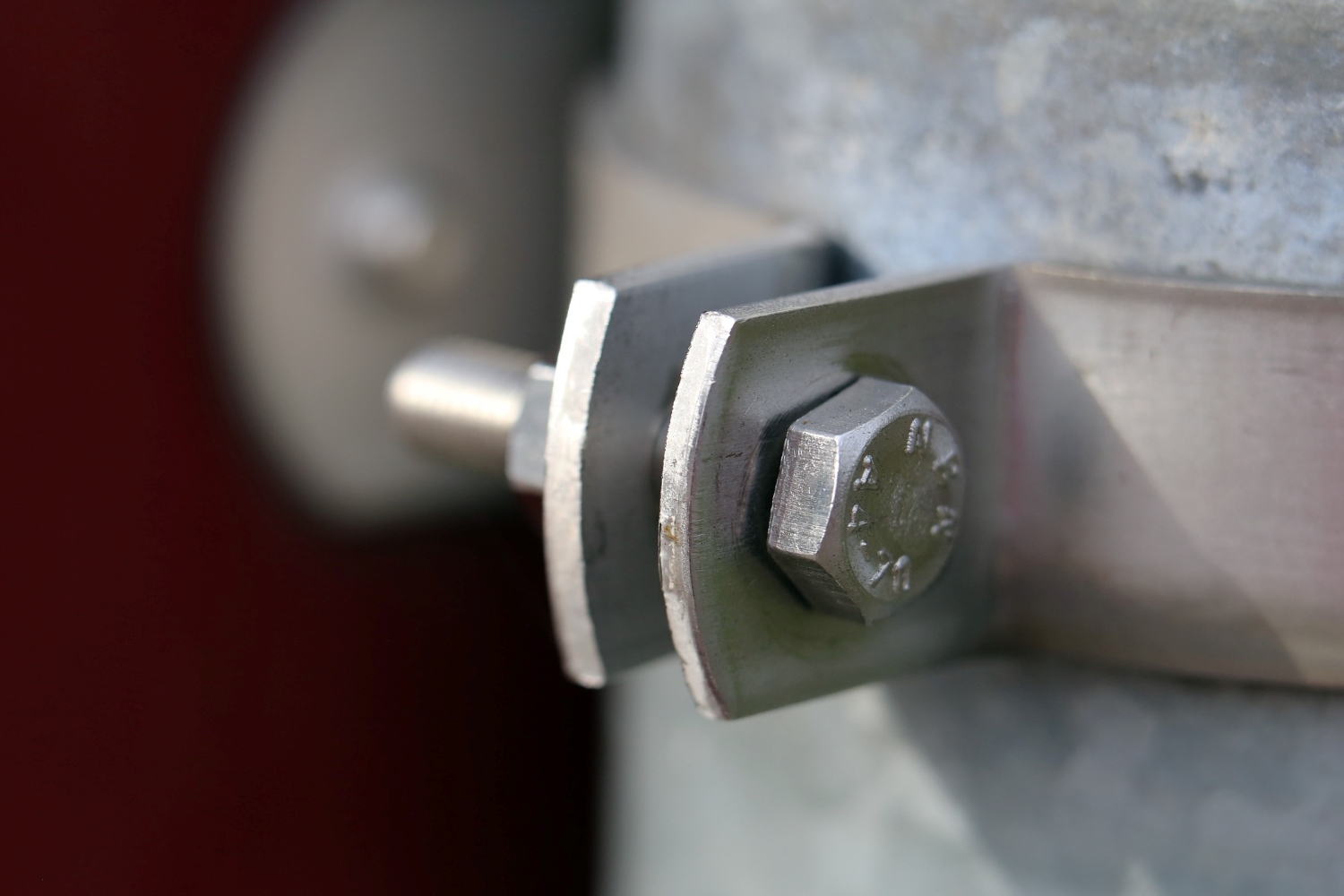Home>Home and Garden>How To Adjust A Rain Bird Sprinkler Head
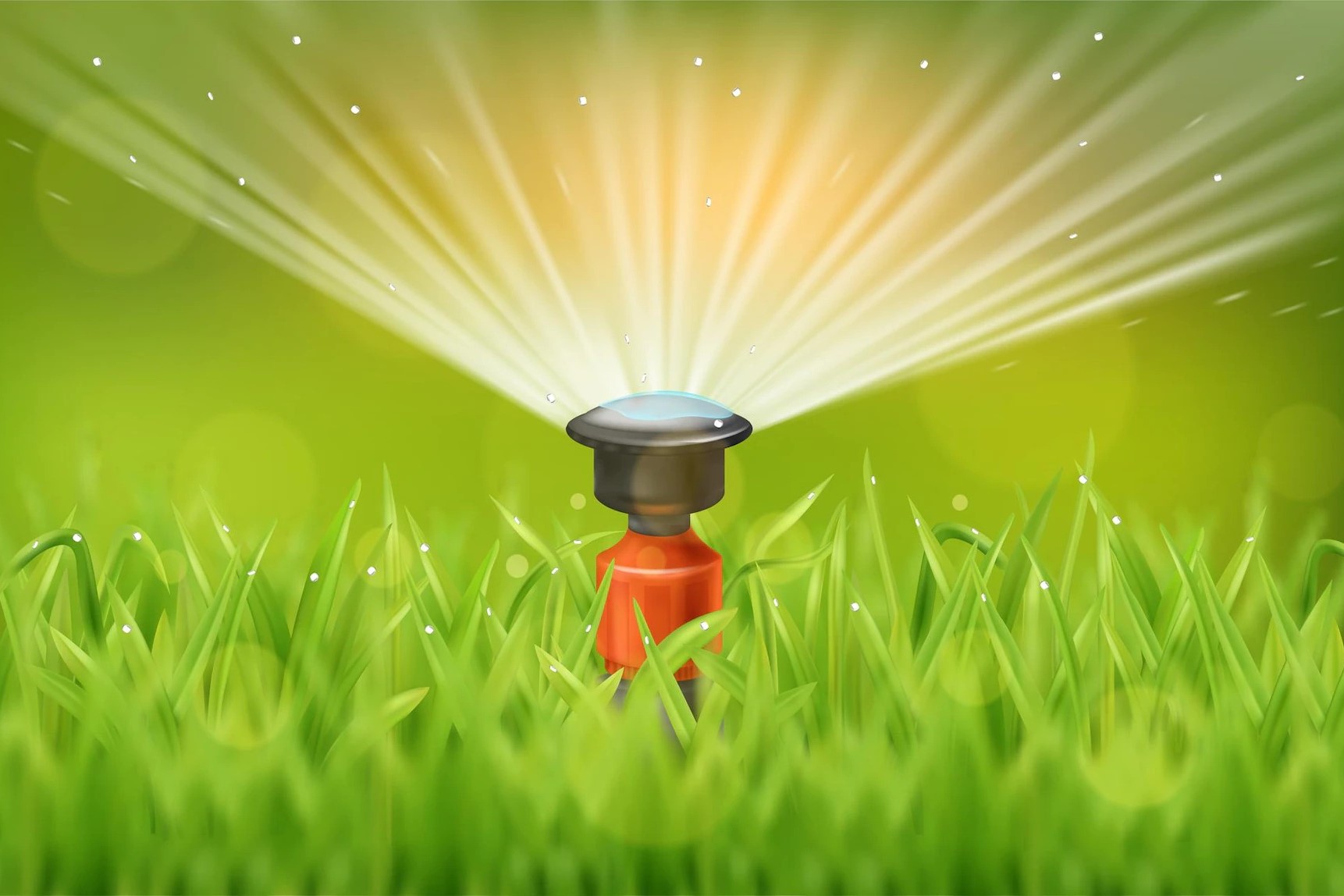

Home and Garden
How To Adjust A Rain Bird Sprinkler Head
Published: March 2, 2024
Learn how to adjust a Rain Bird sprinkler head for optimal watering in your home and garden. Follow our step-by-step guide for efficient irrigation.
(Many of the links in this article redirect to a specific reviewed product. Your purchase of these products through affiliate links helps to generate commission for Noodls.com, at no extra cost. Learn more)
Table of Contents
Introduction
Adjusting a Rain Bird sprinkler head is a fundamental aspect of maintaining a healthy and vibrant lawn or garden. Whether you're looking to customize the spray pattern to suit specific landscaping needs or simply aiming to optimize water distribution, understanding how to adjust these sprinkler heads is essential. By fine-tuning the spray pattern and distance, you can ensure that every corner of your outdoor space receives the right amount of water, promoting lush greenery and flourishing blooms.
Properly adjusted sprinkler heads not only contribute to the aesthetic appeal of your landscape but also play a crucial role in water conservation. By directing the water precisely where it's needed and avoiding unnecessary overspray, you can minimize water wastage and contribute to environmental sustainability.
In this comprehensive guide, we'll walk you through the step-by-step process of adjusting a Rain Bird sprinkler head, empowering you to take control of your irrigation system with confidence. From gathering the necessary tools to testing the sprinkler head after adjustments, each step is designed to equip you with the knowledge and skills needed to achieve optimal watering results for your outdoor space.
So, grab your tools and let's dive into the world of Rain Bird sprinkler head adjustments, where precision meets efficiency to nurture your lawn and garden.
Read more: How To Adjust Sprinkler Heads
Step 1: Gather Necessary Tools
Before embarking on the task of adjusting a Rain Bird sprinkler head, it's essential to gather the necessary tools to ensure a smooth and efficient process. Having the right tools at your disposal will not only streamline the adjustment process but also help you achieve precise and accurate results. Here's a comprehensive list of tools you'll need:
-
Screwdriver: A flat-head or Phillips screwdriver is essential for accessing and adjusting the internal components of the sprinkler head. Ensure that the screwdriver's tip matches the type of screw used in your specific Rain Bird model to prevent any damage to the screw head.
-
Adjustment Key: Some Rain Bird sprinkler heads come with a specialized adjustment key designed to modify the spray pattern and distance. If your sprinkler head requires this tool, ensure that you have it on hand before starting the adjustment process.
-
Pliers: In some cases, pliers may be necessary to provide additional grip or leverage when adjusting certain components of the sprinkler head. Opt for a pair of adjustable pliers to accommodate various sizes of nuts and bolts.
-
Tape Measure: A tape measure will come in handy when adjusting the distance and coverage area of the sprinkler head. Accurately measuring the distance of the spray pattern ensures that your lawn or garden receives uniform water distribution.
-
Marker or Flag: Having a marker or flag on hand allows you to mark the current position of the sprinkler head before making adjustments. This simple step can serve as a reference point and aid in returning the sprinkler head to its original position if needed.
-
Gloves: While not essential, wearing gloves can protect your hands from dirt, moisture, and any sharp edges during the adjustment process.
By ensuring that you have these tools readily available, you'll be well-prepared to tackle the task of adjusting your Rain Bird sprinkler head with confidence and precision. With the tools in hand, you're now ready to move on to the next step and begin the adjustment process.
Now, let's proceed to the next step and delve into the intricacies of locating the adjustment screw within the sprinkler head mechanism.
Step 2: Locate the Adjustment Screw
The adjustment screw is a pivotal component of the Rain Bird sprinkler head, allowing for precise customization of the spray pattern and distance. Before making any adjustments, it's crucial to locate this small yet influential screw within the sprinkler head mechanism.
To begin, identify the top of the sprinkler head where the nozzle is situated. The adjustment screw is typically positioned at the center of the nozzle, serving as the focal point for altering the spray pattern. In some Rain Bird models, the adjustment screw may be recessed slightly below the surface to protect it from external elements and accidental interference.
Once you've located the nozzle, carefully inspect its center to spot the adjustment screw. Depending on the specific Rain Bird model, the adjustment screw may be a small flat-head or Phillips-head screw. In certain cases, Rain Bird sprinkler heads feature a specialized adjustment key that fits into the screw for seamless customization.
If the adjustment screw is not immediately visible, gently rotate the nozzle to reveal any concealed components. Exercise caution to avoid causing any damage to the sprinkler head during this process. Additionally, refer to the manufacturer's manual or online resources for detailed diagrams and instructions specific to your Rain Bird sprinkler head model.
By successfully locating the adjustment screw, you've taken the crucial first step toward fine-tuning the performance of your sprinkler head. With the adjustment screw identified, you're now poised to delve into the next steps of the adjustment process, where you'll have the opportunity to tailor the spray pattern and distance to suit the unique requirements of your lawn or garden.
Now that you've pinpointed the adjustment screw, the stage is set for the subsequent steps, which will guide you through the intricacies of customizing the spray pattern and distance with precision and expertise.
Step 3: Adjust the Spray Pattern
Adjusting the spray pattern of a Rain Bird sprinkler head is a pivotal aspect of optimizing water distribution across your lawn or garden. By customizing the spray pattern, you can ensure that every corner of your outdoor space receives the right amount of water, promoting healthy and vibrant vegetation. Here's a detailed guide on how to adjust the spray pattern with precision and expertise.
-
Access the Adjustment Screw: Begin by locating the adjustment screw at the center of the sprinkler head's nozzle. Depending on your Rain Bird model, the adjustment screw may be a small flat-head or Phillips-head screw. In some cases, a specialized adjustment key may be required to access and modify the spray pattern. Ensure that the screwdriver or adjustment key fits securely into the screw to prevent slippage and potential damage to the screw head.
-
Customize the Spray Arc: The spray arc refers to the extent of the sprinkler head's coverage area. Using the adjustment screw, carefully rotate it in the desired direction to modify the spray arc. For example, if you want to increase the coverage area, rotate the screw in a clockwise direction. Conversely, to decrease the coverage area, rotate the screw counterclockwise. Take gradual steps and observe the changes in the spray pattern to achieve the desired coverage area for your lawn or garden.
-
Fine-Tune the Rotation: Some Rain Bird sprinkler heads feature adjustable rotation settings, allowing you to customize the angle at which the water is dispersed. Utilize the adjustment screw to fine-tune the rotation, ensuring that the water reaches every targeted area without overspray or gaps. By making precise adjustments to the rotation, you can tailor the spray pattern to align with the specific layout of your landscaping, maximizing water efficiency and uniform coverage.
-
Observe and Refine: As you make adjustments to the spray pattern, closely observe the changes in the water distribution. Take note of any areas that may require further refinement and make incremental adjustments as needed. It's essential to strike a balance between maximizing coverage and avoiding overspray onto non-landscaped areas. By carefully observing the spray pattern and making refinements, you can achieve optimal water distribution tailored to the unique layout of your outdoor space.
By following these steps, you can confidently adjust the spray pattern of your Rain Bird sprinkler head, ensuring that your lawn or garden receives precise and efficient water coverage. With the spray pattern customized to suit your specific landscaping needs, you're now ready to proceed to the next step and fine-tune the distance of the sprinkler head for comprehensive irrigation optimization.
Step 4: Adjust the Distance
Fine-tuning the distance of a Rain Bird sprinkler head is a crucial step in optimizing water distribution and ensuring comprehensive coverage across your lawn or garden. By adjusting the distance, you can precisely control the reach of the water spray, accommodating the specific layout and dimensions of your outdoor space. Here's a detailed guide on how to adjust the distance with precision and expertise.
-
Measure the Current Distance: Before making any adjustments, it's essential to measure the current distance covered by the sprinkler head. Use a tape measure to determine the extent of the water spray, marking the outer perimeter of the coverage area. This initial measurement serves as a reference point and provides valuable insight into the existing water distribution pattern.
-
Access the Adjustment Screw: Similar to customizing the spray pattern, accessing the adjustment screw is the first step in adjusting the distance of the sprinkler head. Locate the adjustment screw at the center of the nozzle and ensure that your screwdriver or adjustment key fits securely into the screw to facilitate smooth adjustments.
-
Modify the Throw Distance: The throw distance refers to the reach of the water spray emitted by the sprinkler head. Using the adjustment screw, carefully rotate it in the desired direction to modify the throw distance. If you need to increase the distance, rotate the screw clockwise, gradually extending the reach of the water spray. Conversely, to decrease the distance, rotate the screw counterclockwise, adjusting the throw to align with the dimensions of your lawn or garden.
-
Observe and Adjust: As you make changes to the throw distance, closely observe the reach of the water spray and its impact on the overall coverage area. Take note of any areas that may require further adjustments and refine the throw distance accordingly. It's important to maintain a balance between maximizing the coverage area and avoiding overspray onto non-landscaped areas, ensuring efficient water distribution without wastage.
-
Test and Refine: After adjusting the distance, conduct a thorough test of the sprinkler head to evaluate the effectiveness of the modifications. Observe the water distribution across different areas of your lawn or garden, making any necessary refinements to achieve uniform coverage. Testing the sprinkler head allows you to fine-tune the distance with precision, ensuring that every corner of your outdoor space receives the right amount of water.
By following these steps, you can confidently adjust the distance of your Rain Bird sprinkler head, optimizing water distribution and tailoring the throw distance to suit the unique dimensions of your landscaping. With the distance adjusted to align with your specific requirements, you're now prepared to move on to the final step and test the sprinkler head to validate the effectiveness of the adjustments.
Step 5: Test the Sprinkler Head
After adjusting the spray pattern and distance of your Rain Bird sprinkler head, it's essential to conduct a comprehensive test to evaluate the effectiveness of the modifications. Testing the sprinkler head allows you to observe the water distribution across your lawn or garden, ensuring that every targeted area receives the appropriate amount of water without wastage or overspray.
To conduct a thorough test, follow these steps:
-
Activate the Sprinkler System: Turn on your sprinkler system to initiate the water flow to the adjusted sprinkler head. Observe the initial behavior of the water spray, noting any immediate irregularities or areas that may require further adjustments.
-
Observe Water Distribution: Closely monitor the water distribution across different sections of your lawn or garden. Pay attention to the reach and coverage area of the spray pattern, ensuring that it aligns with the dimensions of your landscaping. Take note of any areas that exhibit inadequate water coverage or excessive overspray.
-
Check for Uniformity: Assess the uniformity of water distribution to confirm that each targeted area receives an equal amount of water. Look for any signs of dry spots or excessive pooling, indicating potential adjustments needed to achieve balanced coverage.
-
Evaluate Overspray and Wastage: Watch for any instances of overspray onto non-landscaped areas such as sidewalks, driveways, or neighboring properties. Minimizing overspray is essential for efficient water usage and environmental conservation.
-
Make Incremental Adjustments: If you identify areas that require further refinement, make incremental adjustments to the spray pattern and distance as needed. Fine-tune the settings to achieve optimal water distribution, addressing any discrepancies in coverage and overspray.
-
Repeat the Test: After making additional adjustments, repeat the test to assess the impact of the refinements. Continuously observe the water distribution and coverage area, refining the settings until you achieve uniform and efficient water distribution across your lawn or garden.
By conducting a comprehensive test of the sprinkler head, you can validate the effectiveness of the adjustments and ensure that your irrigation system operates at peak efficiency. Testing allows you to fine-tune the spray pattern and distance with precision, guaranteeing that every corner of your outdoor space receives the right amount of water for lush, healthy vegetation.
With the sprinkler head successfully tested and optimized, you can now enjoy the confidence of knowing that your Rain Bird sprinkler system is tailored to the specific requirements of your lawn or garden, promoting vibrant greenery and flourishing blooms with efficient water usage.
Conclusion
In conclusion, mastering the art of adjusting a Rain Bird sprinkler head empowers you to take control of your irrigation system, ensuring precise and efficient water distribution across your lawn or garden. By following the step-by-step process outlined in this guide, you've gained valuable insights into customizing the spray pattern and distance of your sprinkler head with confidence and expertise.
The journey begins with gathering the necessary tools, setting the stage for a seamless adjustment process. Armed with essential tools such as a screwdriver, adjustment key, pliers, tape measure, and marker, you're well-prepared to embark on the task of fine-tuning your sprinkler head to achieve optimal watering results.
Locating the adjustment screw serves as a pivotal first step, allowing you to access the core component that governs the customization of the spray pattern and distance. By carefully identifying the adjustment screw and understanding its role within the sprinkler head mechanism, you've laid the foundation for precise adjustments tailored to your landscaping needs.
Delving into the intricacies of adjusting the spray pattern, you've learned to customize the coverage area and rotation with finesse. By observing, refining, and testing the spray pattern, you've honed your ability to achieve uniform water distribution, promoting the health and vitality of your outdoor space.
Moving on to the adjustment of the distance, you've embraced the importance of measuring, modifying, and testing the throw distance to align with the unique dimensions of your lawn or garden. By mastering the art of adjusting the distance, you've ensured comprehensive coverage while minimizing water wastage, contributing to environmental sustainability.
Conducting a thorough test of the sprinkler head has allowed you to validate the effectiveness of the adjustments, ensuring that every targeted area receives the right amount of water without overspray or inadequate coverage. Through meticulous observation and refinement, you've fine-tuned the settings to achieve optimal water distribution, nurturing lush greenery and vibrant blooms.
In essence, the process of adjusting a Rain Bird sprinkler head transcends mere technicality; it embodies a commitment to environmental stewardship and the nurturing of natural beauty. By harnessing the knowledge and skills imparted in this guide, you've embraced the role of a caretaker, ensuring that your lawn or garden flourishes with precision and efficiency.
As you venture forth with newfound expertise in sprinkler head adjustments, may your outdoor oasis thrive, reflecting the harmony between human ingenuity and the splendor of nature. Embrace the art of precision, and let your landscape bloom with the vibrant vitality it deserves.
